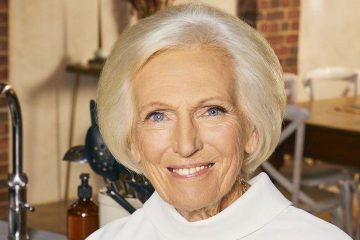Unpacking the Dirty Soda Phenomenon in the UK
Introduction
Dirty soda, a refreshing beverage trend that combines soda with flavour syrups, creamers, and other tasty add-ins, is quickly gaining popularity around the UK. Originating from the United States, this phenomenon has seen a surge in demand, particularly among younger consumers. The rise of social media platforms such as Instagram and TikTok has helped propel this sugary concoction into the spotlight, making it a cultural sensation across various demographics.
What is Dirty Soda?
Dirty soda typically consists of a base soda, commonly either a clear lemon-lime or cream-flavoured soda, combined with flavours like coconut, vanilla, and even syrups derived from candy. Many variations also incorporate cream or milk for a creamy texture, resulting in a unique, indulgent drink. Although it’s often perceived as a guilty pleasure, dirty soda outlets emphasize customization, letting consumers cater their drinks to their tastes.
The Trend’s Expansion in the UK
The trend gained traction in the UK during the past couple of years, with cafes and dedicated dirty soda shops popping up in major cities. Social media influencers and drink enthusiasts have been instrumental in showcasing different dirty soda recipes and inspiring followers to experiment with their variations at home. Some of the first establishments focusing solely on dirty soda opened their doors in London, where the urban youth flock to enjoy this vibrant and Instagrammable drink. City-based pop-ups are also becoming quite popular, capitalising on the excitement surrounding this trend.
Consumer Sentiment and Health Considerations
While many consumers are enthusiastic about trying dirty soda, health considerations are also part of the discourse. Concerns over excessive sugar intake and potential health risks associated with sugar-laden drinks have sparked debates among health experts. Despite this, dirty soda stands are finding ways to offer alternatives, including low-calorie syrups and organic ingredients, to attract health-conscious customers. These efforts aim to balance indulgence with mindful consumption.
Conclusion
As the dirty soda trend continues to develop, it reflects both a cultural shift in beverage preferences and a growing interest in unique flavour combinations among consumers in the UK. While it remains to be seen how this trend will alter the beverage landscape in the long term, its rise signifies a new era of customised drinks that prioritise enjoyment and social connection. As more options become available and creative concoctions hit menus, dirty soda is likely to solidify its place in UK drinking culture.








